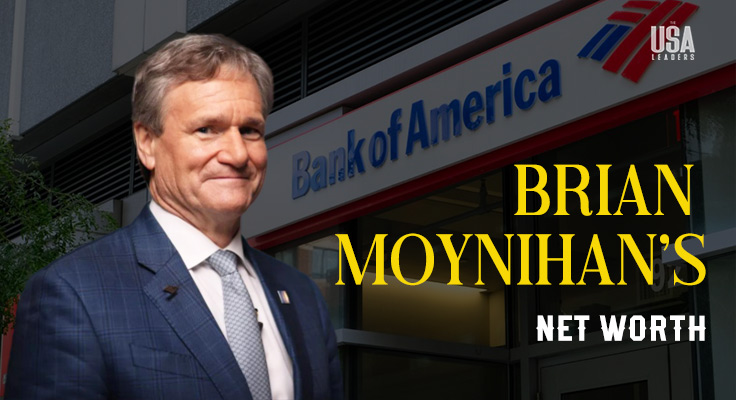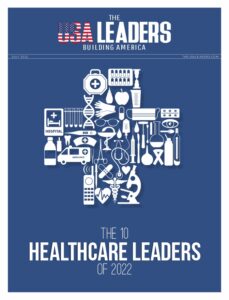In today’s hyper-connected economy, disruptions can ripple through global supply chains with lightning speed. Events like pandemics, extreme weather, and trade disruptions have made it “hyper-important that supply chain teams know what’s happening in their supply chain right now”. Modern logistics platforms – often called digital control towers – consolidate data from every carrier, warehouse, 3PL partner and IoT sensor into a single, cloud-based dashboard. This unified, 360-degree view of all shipments and inventory gives leaders the power to “manage what they cannot see” and to catch problems early. In fact, surveys of supply chain executives have consistently found visibility to be the biggest challenge – and now, more than ever, having end-to-end, real-time tracking is critical to staying agile.
A modern logistics control-tower platform ingests data from transportation systems, warehouse systems and partners to give a live, unified picture of global shipments. By breaking down silos between 3PLs, carriers and internal systems, these tools enable fast detection of delays or inventory issues. In practice, this means managers can monitor every shipment’s status and be alerted to exceptions (weather delays, customs holdups, low stock levels, etc.) in real time. Such continuous monitoring helps teams coordinate proactive fixes – for example, rerouting freight around a port jam, before minor hiccups escalate into major disruptions.
Essential Features of Modern Visibility Platforms
A robust logistics visibility platform or control tower should include several key features designed for complex global supply chains:
- Real-time Data Integration: It must pull data continuously from all relevant systems (transportation management, warehouse management, ERP, GPS/IoT devices, etc.) and 3PL partners. In effect, it offers a single source of truth by “seamlessly integrating with both old and new technologies” via APIs and data connectors.
- Continuous Tracking & Alerts: Look for end-to-end shipment tracking with automated alerts. Advanced platforms provide instant updates on location and predictive ETAs, so you know where every container and pallet is at any moment. Automated exception management (geofencing, threshold alerts, detention warnings) ensures delays trigger immediate notifications.
- Analytics and Decision Support: The best solutions offer more than just data, they use analytics and “what-if” simulation to help you make decisions. Features like predictive ETA calculations and scenario modeling can flag potential disruptions (e.g. a failing shipment route) before they occur. Being able to run alternatives and course corrections in advance makes the supply chain far more agile.
- Role-Based Dashboards: Customizable dashboards and reporting ensure that every team – from procurement and logistics to customer service – sees the information most relevant to them. This focused visibility means each group has a clear, up-to-date view of key metrics and exceptions, turning raw tracking data into actionable insights for every stakeholder.
Collectively, these features transform raw shipment data into operational control. Data from a visibility platform can be used to drive what-if analysis, run simulations, identify issues with customer alerts, and automate exception handling. In short, you gain the power to see, analyze and act on supply chain events in real time.
Integrating 3PLs, Warehouses and Partners
A fundamental advantage of modern visibility platforms is their ability to connect across multiple 3PLs, warehouses and carriers. This integration breaks down the old silos between partners. By linking your WMS, TMS, ERP and every third-party provider into one network, you get “end-to-end oversight that is essential for today’s complex logistics operations”. In practice, inventory and shipment data flows continuously from each warehouse and 3PL into the system, creating a single source of truth.
For example, when a supplier loads goods at a remote 3PL or a warehouse management system updates stock levels, those events appear immediately on the central dashboard. All stakeholders from planners to customer-service reps, see the same live information. This unified visibility enables faster collaboration. When supply chain partners share a single data platform, it leads to faster issue resolution, lower costs and higher customer satisfaction. Instead of wasting time on emails and spreadsheets, teams can focus on proactive problem-solving. Ultimately, seamless integration with your network of carriers and logistics partners streamlines operations, reduces manual errors, and keeps everyone aligned.
Driving Efficiency, Reducing Costs, and Improving Service
The business benefits of real-time visibility are profound. Having a complete, current view of shipments and inventory lets companies optimize routing and inventory levels – saving money on expedited freight and excess safety stock. For instance, a warehouse can pull goods for the next customer order immediately when a shipment’s arrival is confirmed in the system, reducing lead times and stockouts. Visibility across the entire supply chain, including suppliers, manufacturers, transporters, warehouses and 3PLs, lets companies proactively manage operations, which reduces risks and costs. In practical terms, this means fewer last-minute rush fees and lower inventory holding costs.
Moreover, studies show these systems deliver measurable ROI. Firms integrating real-time monitoring with predictive analytics have seen on-time delivery rates improve by up to 20% compared to traditional methods. Faster, more reliable delivery in turn boosts customer trust and loyalty. Visibility also drives efficiency on the production side: companies gain visibility into inventory across the entire network so they have exactly what they need, when they need it. This improves inventory turnover and cuts waste. In short, end-to-end visibility not only protects profit margins, but also provides a competitive edge.
Next Steps for Supply Chain Leaders
Business leaders should treat supply chain visibility as a strategic imperative, not a nice-to-have. It’s time to audit your current infrastructure: Can you truly see shipments from every 3PL, warehouse and carrier at a glance? If not, it’s worth exploring platforms that deliver real-time, end-to-end tracking. Solutions built on cloud-based control towers or advanced visibility networks can pull in data from legacy systems and partners alike. Assess your gaps, pilot on critical lanes or inventory flows, and expand from there.
Investing in better visibility pays dividends through faster response times, leaner inventory and happier customers. In today’s volatile environment investing in a comprehensive control tower is no longer just an option, it’s a strategic imperative. Take a hard look at your visibility tools today. Upgrading to a unified logistics platform can transform your supply chain from reactive to proactive, keeping your business resilient, cost-efficient and ready to meet customer demands in real time.
Author Bio:This article was authored by Roqhaiyeh Eghbali, a Digital Marketing Specialist at OLIMP Warehousing. OLIMP Warehousing provides innovative warehousing and logistics solutions, helping businesses streamline their operations and improve efficiency.
Also Read: The AI Revolution in Supply Chains: Unlocking Next-Level Efficiency





















